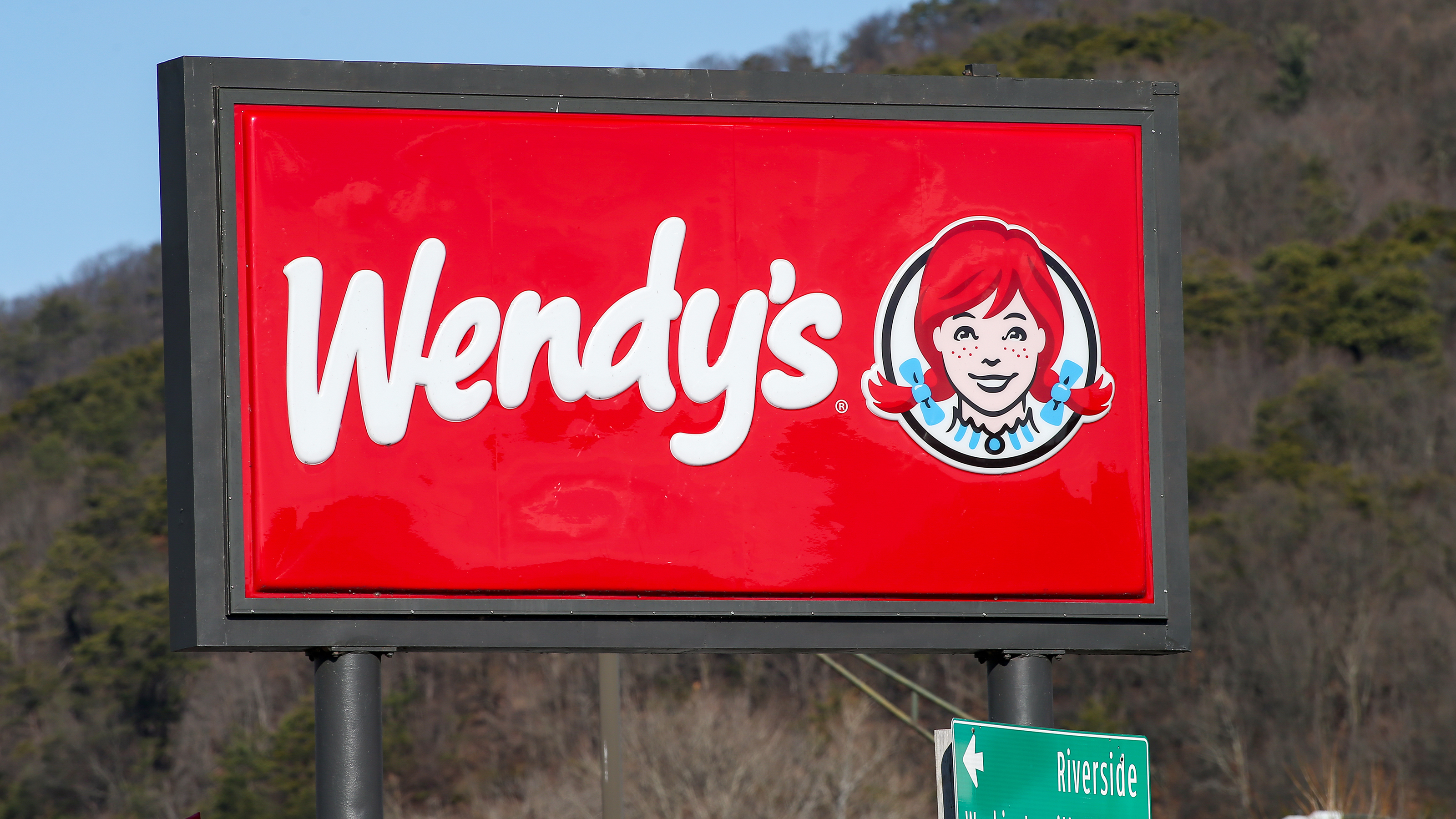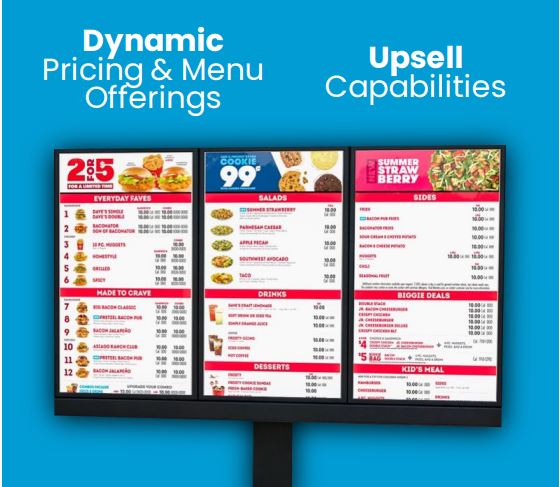Wendy’s Teases “Uber-Style” Surge Pricing
Will your favorite Wendy’s food items cost more next year?


The fast food company, Wendy’s, has teased a saucy new pricing strategy scheduled to go into effect sometime in the future — or maybe never.
The company announced that it planned to test a new digital menu board, which can enable quick changes to prices in response to demand and other factors. Such "surge pricing," also called "dynamic pricing," would allow Wendy’s to tweak the prices of its menu items based on the time of day, demand, location, and possibly even the weather.
The company's February investor briefing showed what a dynamic pricing menu might look like.

Sign up for Kiplinger’s Free E-Newsletters
Profit and prosper with the best of expert advice on investing, taxes, retirement, personal finance and more - straight to your e-mail.
Profit and prosper with the best of expert advice - straight to your e-mail.

Will you pay more at Wendy's?
On Tuesday, however, Wendy's walked back the pricing strategy, citing misconstrued media reports. In a statement on the company's website, Wendy's said that it did not intend to raise prices during peak hours.
Wendy's added that the new digital menus would offer more flexibility to change the display of food and drink items while also providing the opportunity to offer discounts when business is slower.
Introducing enhanced features
Dynamic or surge pricing is not new. Airline and hospitality companies such as Airbnb have benefited from dynamic pricing for years. Surge pricing is also currently used by ride-sharing giant, Uber. The company alters the cost of a ride based on demand during rush hour or bad weather.
When done well, dynamic pricing may not be such a bad thing, as it can benefit both the companies setting prices and consumers. However, when poorly designed, it may fail to adequately match supply and demand, hurting both companies and consumers.
Alongside testing more enhanced features like high-tech menu boards, AI-enabled menu changes and suggestive selling, Wendy’s new menu boards could mean greater profits.
Dave Thomas opened the first Wendy’s restaurant in 1969 with a commitment to serve fresh food at a fair price in a comfortable atmosphere. More than 50 years later, Wendy’s approach, “ Good Done Right,” may face scrutiny if and when the company embraces dynamic pricing.
In that case, it wouldn't be a surprise if customers simply changed their lunch hour from noon to 2 pm.
Related Content
Get Kiplinger Today newsletter — free
Profit and prosper with the best of Kiplinger's advice on investing, taxes, retirement, personal finance and much more. Delivered daily. Enter your email in the box and click Sign Me Up.

For the past 18+ years, Kathryn has highlighted the humanity in personal finance by shaping stories that identify the opportunities and obstacles in managing a person's finances. All the same, she’ll jump on other equally important topics if needed. Kathryn graduated with a degree in Journalism and lives in Duluth, Minnesota. She joined Kiplinger in 2023 as a contributor.
-
 The AI Doctor Coming to Read Your Test Results
The AI Doctor Coming to Read Your Test ResultsThe Kiplinger Letter There’s big opportunity for AI tools that analyze CAT scans, MRIs and other medical images. But there are also big challenges that human clinicians and tech companies will have to overcome.
By John Miley Published
-
 The Best Places for LGBTQ People to Retire Abroad
The Best Places for LGBTQ People to Retire AbroadLGBTQ people can safely retire abroad, but they must know a country’s laws and level of support — going beyond the usual retirement considerations.
By Drew Limsky Published